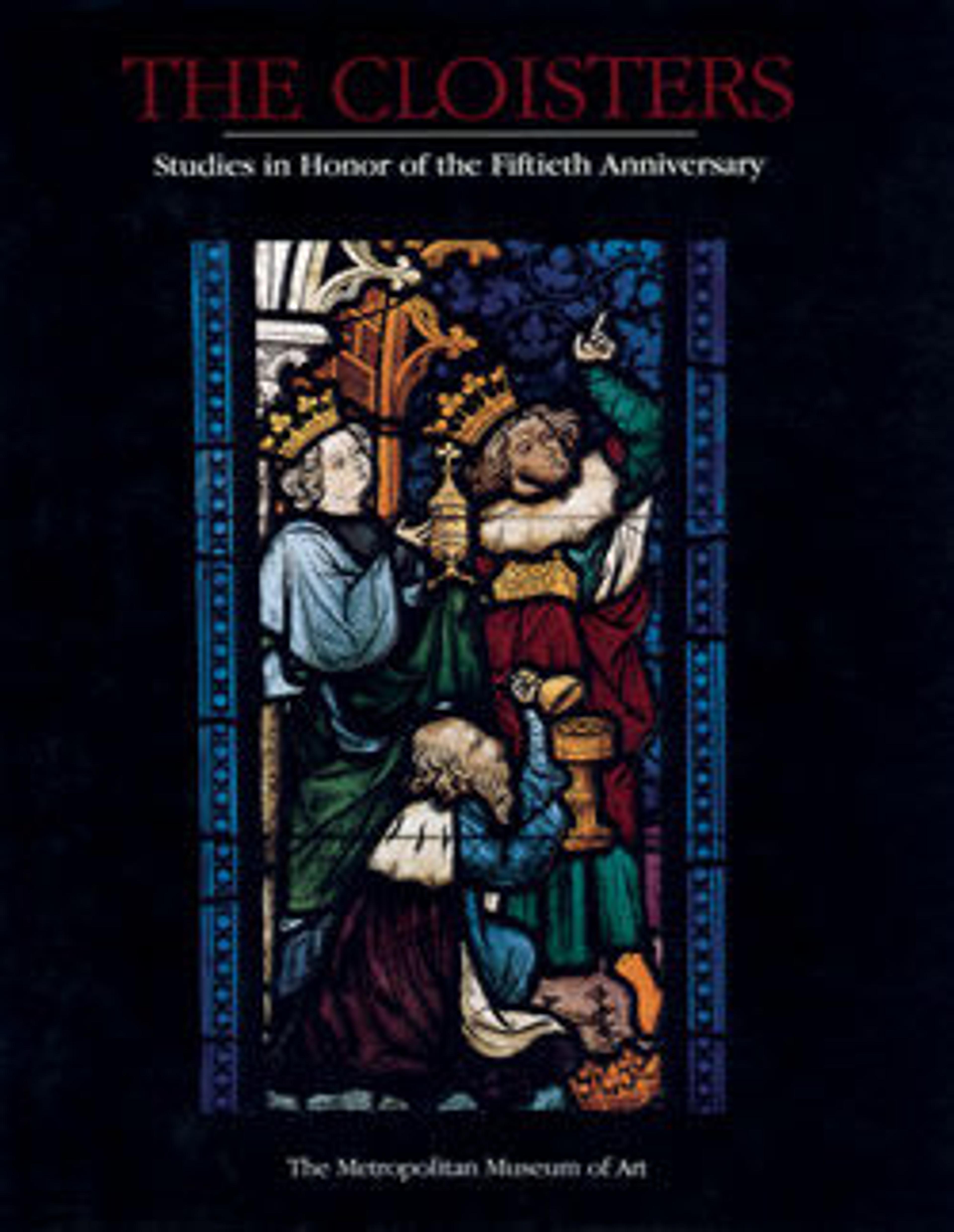Wise Man (from a group with the Adoration of the Magi)
The story of the magi (wise men) offering gifts to the newborn Jesus was among the most popular of biblical subjects decorating northern Iberian churches in the later twelfth century. These sculptures (see also 30.77.6, .8–.9) typically portray the scene as a courtly encounter. Here, Mary and her infant son sit enthroned underneath an honorific canopy. Two magi (once accompanied by a now-lost third magus) approach mother and child with reverent postures. All of the figures’ voluminous garments help to convey the richness of the scene, evoking the setting of a foreign delegation’s visit. At odds with the humble setting of Jesus’ birth, this elevated portrayal serves to celebrate the event. The dozing figure at right is Joseph, husband of Mary and foster father of Jesus. His slumber alludes to his prophetic dreams, described in the Gospel of Matthew, which enabled him to protect his family. Sometime in the 1920s, these sculptures were photographed set into a side wall of the church of Our Lady of the Plain at Cerezo de Río Tirón, which had been abandoned at the end of the eighteenth century. Originally, the sculptures may have been located over the church’s main door.
Artwork Details
- Title:Wise Man (from a group with the Adoration of the Magi)
- Date:ca. 1175–1200
- Geography:Made in Castile-León, Spain
- Culture:Spanish
- Medium:Limestone
- Dimensions:54 1/4 × 17 × 18 1/2 in. (137.8 × 43.2 × 47 cm)
- Classification:Sculpture
- Credit Line:The Cloisters Collection,1930
- Object Number:30.77.7
- Curatorial Department: Medieval Art and The Cloisters
More Artwork
Research Resources
The Met provides unparalleled resources for research and welcomes an international community of students and scholars. The Met's Open Access API is where creators and researchers can connect to the The Met collection. Open Access data and public domain images are available for unrestricted commercial and noncommercial use without permission or fee.
To request images under copyright and other restrictions, please use this Image Request form.
Feedback
We continue to research and examine historical and cultural context for objects in The Met collection. If you have comments or questions about this object record, please contact us using the form below. The Museum looks forward to receiving your comments.
